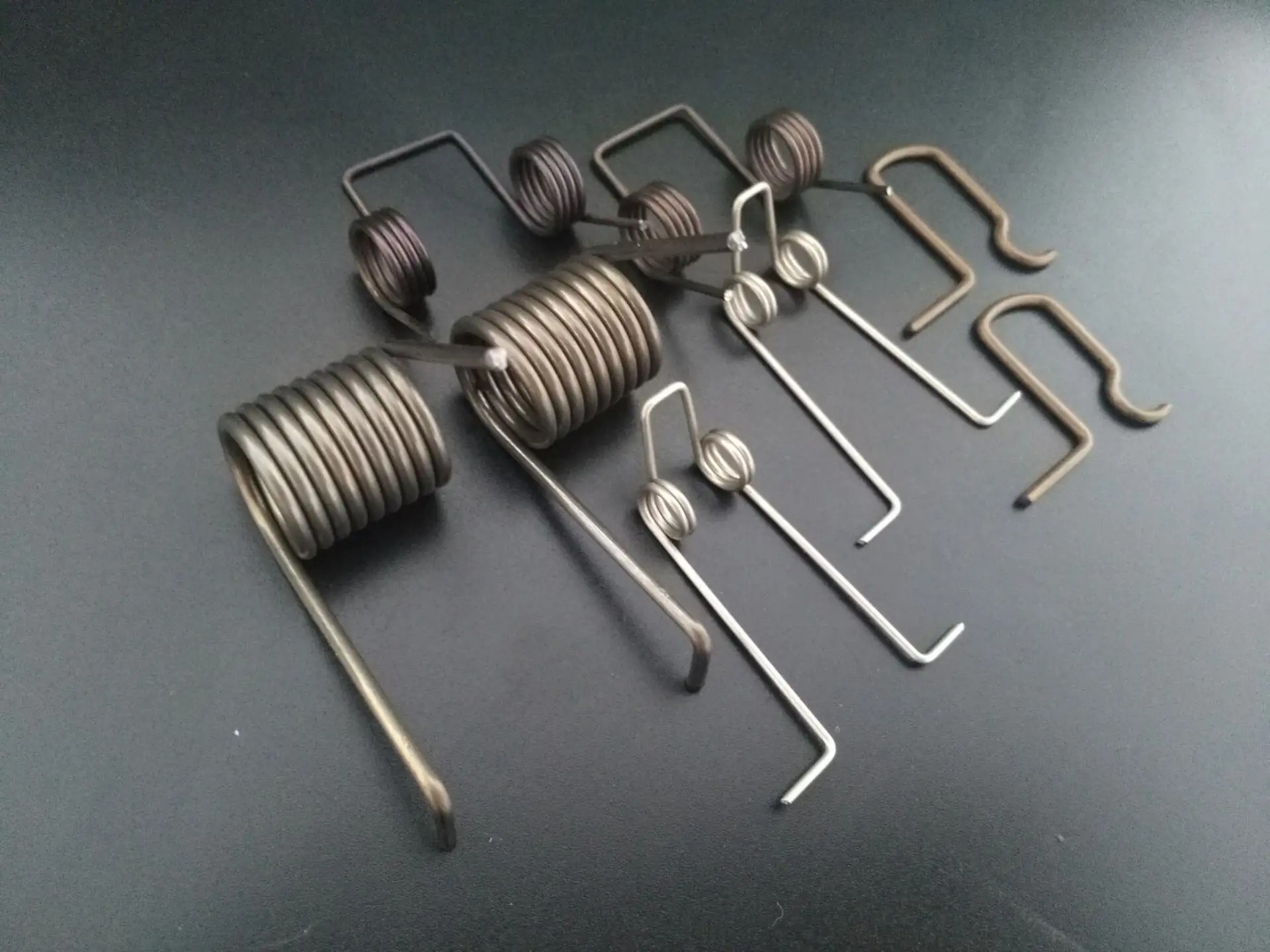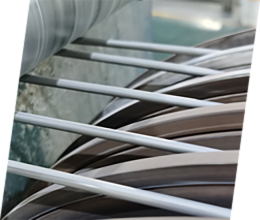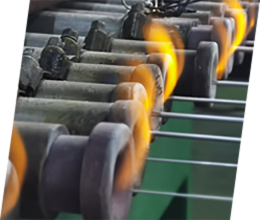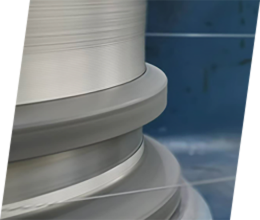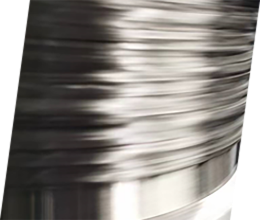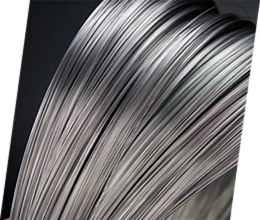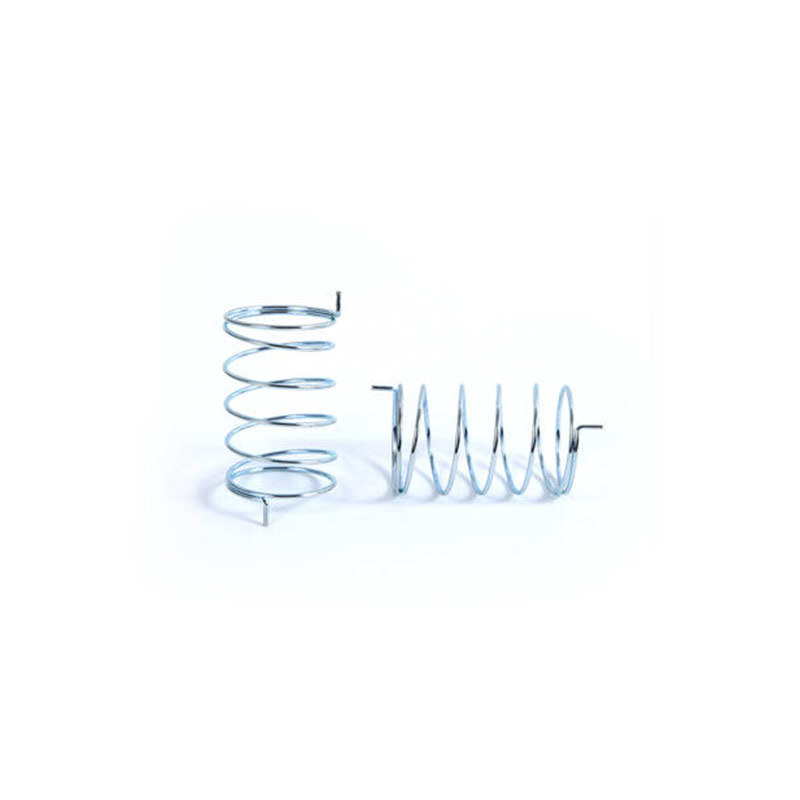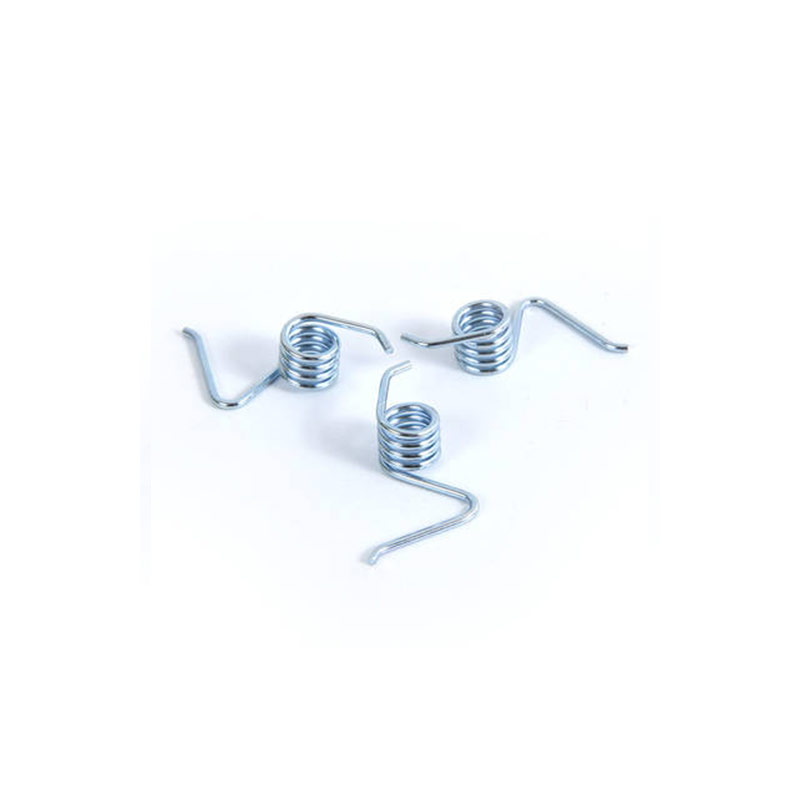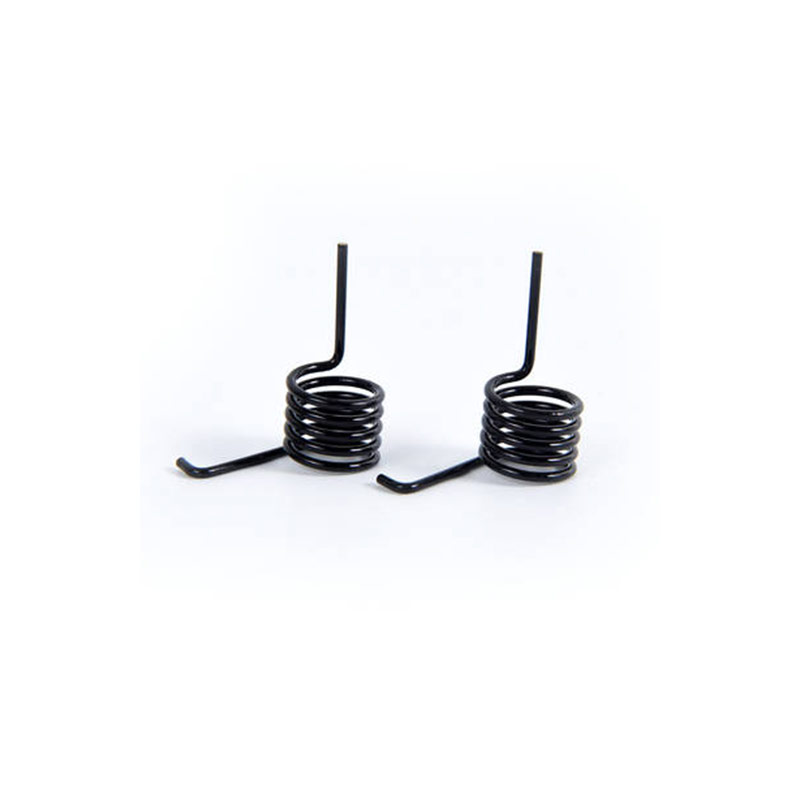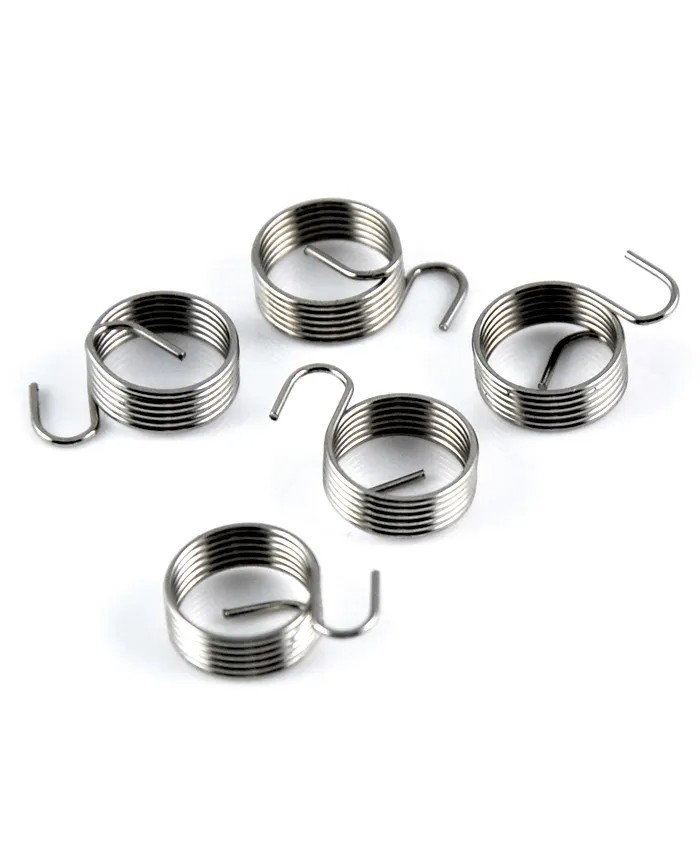Torsion Spring Definition
Torsion Spring is one of the more complicated design principles among all types of springs, and the type changes are also quite active, so the theory involved in the design is also the most complicated.
The turns of Torsion Spring are either tightly wound or spaced apart to accommodate torsional loads (at right angles to the spring axis). The end of the spring can be wound as a hook or straight torsion arm. It is the ultimate in variant springs, from single torsion springs to double torsion springs special-shaped torsion springs, and even the deformation of various torsion bars, which can be formed according to the design.
Torsion springs are mechanical parts that use the elasticity and structural characteristics of materials to work by deforming and storing energy, and can be used for shock absorption, clamping, and force measurement. Springs are widely used in components, and the specifications of spring standard parts are specified in the standard. When engaging in design work, it should be selected from standard parts, and non-standard springs can be designed in certain circumstances.
Calculate Torsion of Torsion Spring
When the spring is twisted, the material is in a state of tension or shear, such as the torsion calculation mentioned, so the limit of the torsion angle is finally caused by the failure of the material, and the original state cannot be restored when the material is plastically deformed.
Therefore, it boils down to the tensile strength and shear strength of the material. Of course, the Von Mises stress calculated by the fourth strength theory is the maximum strength that the material can bear. Combined with the length of the spring, the maximum allowable torsion angle can be calculated.
How Torsion Springs Work
During application, the bottom part of the torsion spring is often fixed to other places, which causes other components to rotate around the center of the torsion spring. Once other components start to rotate around the center of the spring, the spring quickly pulls the other components back to their original positions, which creates a rotational force that changes the resulting rotational force into the required resistance. In this way, the torsion spring can statically fix a device by storing or releasing this energy to achieve the desired result.
Of course, we can also find that the application places are different, and the number of turns of the torsion spring is also different. Therefore, a lot of physics and mathematics are involved here. The number of turns required to obtain the torsion spring is calculated by the amount of resistance required to fix the device. And, in the calculation process, the rotation direction of the torsion spring is designed according to the actual requirements of the application.
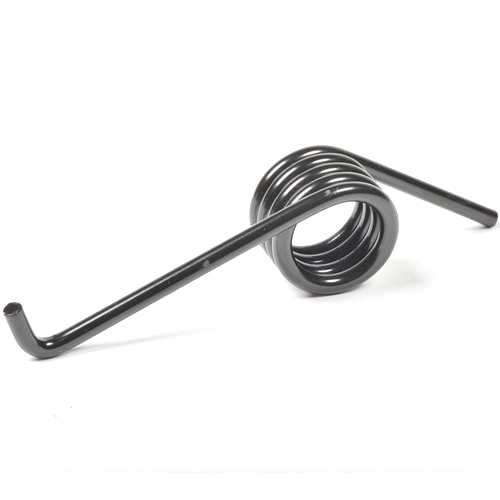
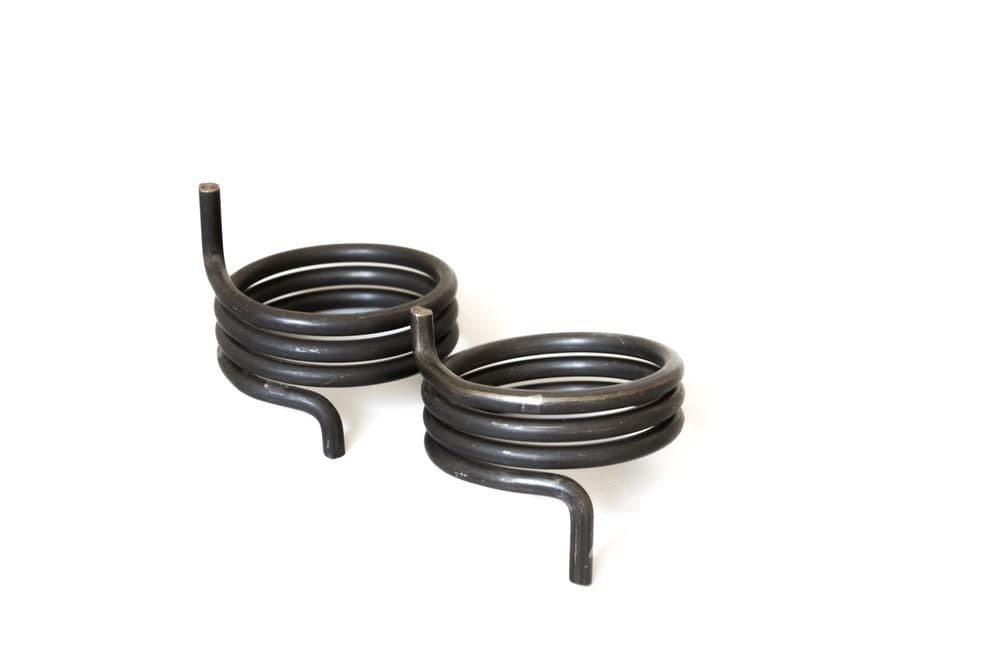
The structure principle of torsion spring
A torsion spring is designed so that its coils are in close contact to promote rotation and give it an angular rebound. There are several options for lever configurations, which allow the spring to be held in different ways. For torsion springs, arm specifications to consider include arm angle, isoarm length, and arm closure type. When the springs are straight or parallel on the same side, the arm angle is considered 0° and the angle increases along the non-rotational direction. Loom cuff types include straight twist, straight offset, hinged, short hook cuffs and pull hook cuffs. To suit your application, you can bend, twist the torsion spring cuff, or make it a hook or loop.
The free arm positions of the torsion spring include: 90°, 180°, 270° and 360°. The double torsion spring consists of a set of right-hand rotating coils and a set of left-hand rotating coils. The coils are usually connected by unsealable sections between the windings, and the coils rotate in parallel. This part needs to be designed separately, and its total torque is the sum of the coils at both ends.
Custom Torsion Springs For Sale
Different use environments determine the wire diameter, torsion arm shape and torque of the torsion spring. Therefore, in most cases, customers will require spring manufacturers to produce their own customized torsion springs.
The torsion arm of the custom torsion spring may have a bend, or one of the torsion arms may be longer than the other; or the spring coil has a pitch requirement, so that the spring can function as a compression and torsion spring at the same time, etc. These customization requirements is not available with stock springs. However, the stock torsion spring has a large stock and has no other special characteristics, and is mostly used for designated equipment or mechanical devices.
Torsion springs can assist customers to design the correct solution according to the application conditions of the required springs. Regardless of the size of the order, through excellent production technology and skilled spring workers, we can customize a variety of torsion springs for customers as required.
